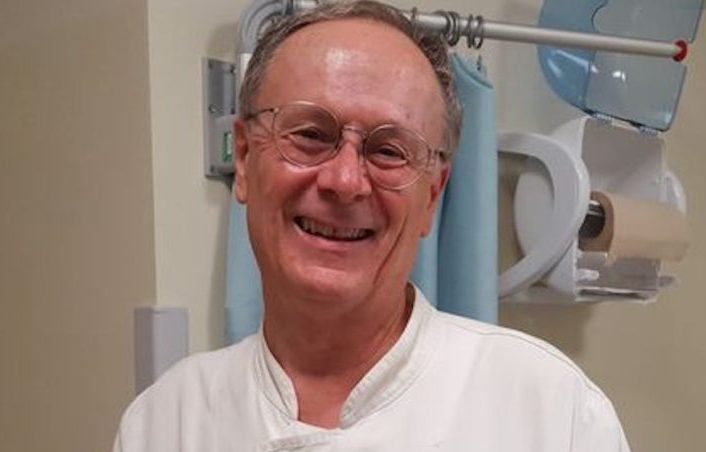From being a dreaded epicentre of the coronavirus epidemic to being cited by experts and international media as a model to follow, Italy has come a long way. Among the health protocols devised in Italy, one which is particularly worthy of mention is that of Prof. Luigi Cavanna. In this interview, he sheds light on his Home Therapy approach. Excerpts:
At what point did you realise that there is a need for Home Therapy for the people of Italy?
I realised the need for Home Therapy when I became aware that many patients arrived at the emergency department after too much time, more than 7-10 days, of symptoms characterised by fever, cough, asthenia, dyspnea. Secondly, when the emergency department was saturated with COVID-19 positive patients, it was difficult to treat them all.
What does the data on the cases you’ve been treating say?
The data covers about 300 patients that I have treated at home at an early stage. There were no deaths. Hospitalisation rate was less than 5%. Percentage of discharged patients who recovered was 100%. We are writing a third research paper to send out for publication in scientific journals, after two of our research papers have already been published in Future Science Group.
What were the necessary steps for proper home care that you established?
The steps are: home visit, chest ultrasound, swab. Then, if the clinical picture is compatible, start therapy immediately: i.e. isolation of the patient and administration of the correct dose of medicine. However, it is essential to follow the patient remotely, leaving a blood oxygen monitor, and asking every day how he or she is progressing: are the patients taking the medication, are they eating, what symptoms do they have and are they experiencing any side effects from the treatment et al.
How are you prepared in case this pandemic revisits in future?
Today we know a lot more than we did in February and March 2020. Above all, we know that if the treatment starts early, serious complications are avoided, and therefore, mortality and hospitalisation are reduced. In case of new peaks, I would organise by first offering fundamental information, that is to advise the attending physician about the first symptoms of cough and fever. In the presence of these symptoms, a home swab test and chest ultrasound should be performed. If there is any pneumonia, immediately start the hydroxychloroquine treatment, with the following dosage: 800 mg on the first day, then 400 mg/day for another 6 days.
What would you suggest for India, where the pandemic is on a rise?
In general, I would first suggest a strong public information campaign to continue about how the virus spreads and taking preventative measures. Home Therapy can be initiated for the identified patients at the early stage to arrest the spread and reduce the burden on hospitals.
Dr. Pratapaditya Mishra, the author, is a visiting professor at Utkal University
